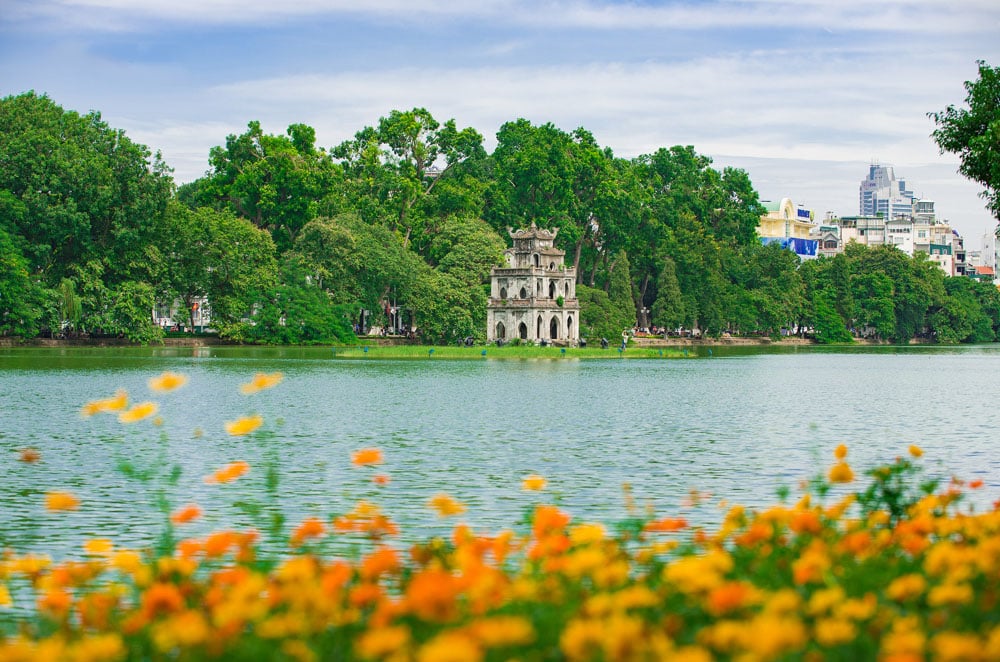
Photo: Collected
“Vietnam - Timeless charm” has been a slogan of the Vietnam tourism industry which explains perfectly why this country is always among the top allure places to go for outbound tourism.
It’s exciting to travel abroad but it is confusing and scary at the same time, considering all the things you must know from Vietnam visa requirements to transportation. Don’t worry! Let us be your guide and we can plan the most ideal trip together!
The first introduction: What Vietnam offers
Referred to as a tourism rising star in Southeast Asia, Vietnam can easily take your breath away with its seamless combination of traditional and contemporary beauty. From the magnificent millions of limestones of Ha Long Bay to stunning terraced fields in Ha Giang, and to the majestic feelings of Hue Imperial City, every landmark promises to give you an unforgettable experience.
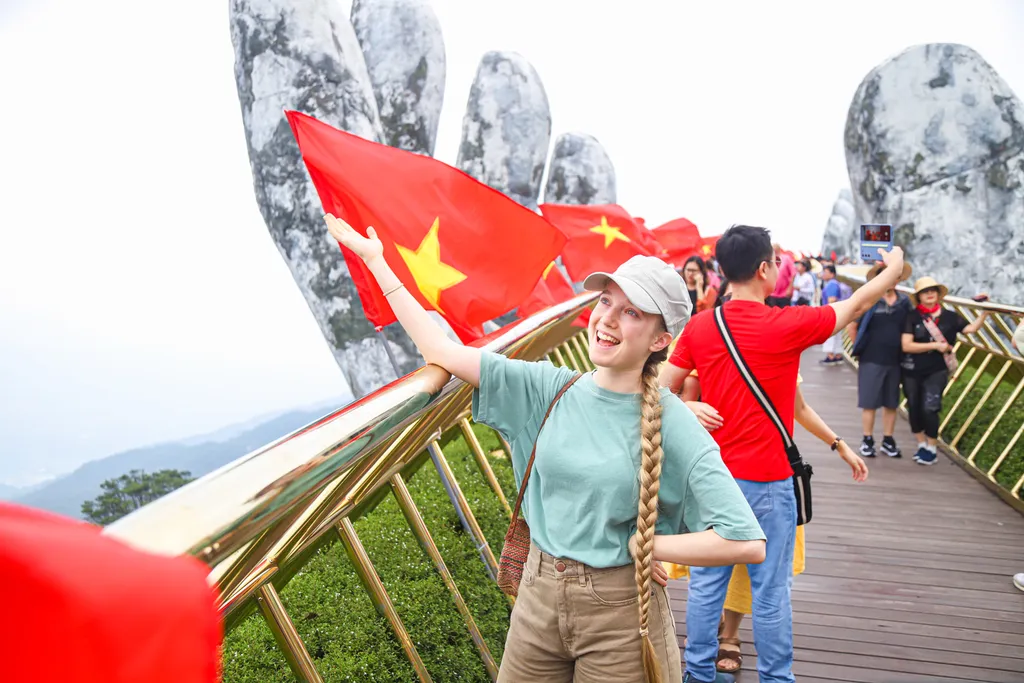
Photo: VnExpress
Vietnam’s rich culture is also dedicated to its delectable cuisine. Pho, Banh mi, or Goi cuon have marked Vietnamese culinary signatures with refreshing and flavorful tastes. They have received tons of internationally acclaimed reviews by both gourmet food critics and casual taste buds.
Above all, when traveling to Vietnam, you are welcomed by the hospitality of the Vietnamese people, the friendliness fills in the air which makes you feel at home.
Altogether, tourist attractions, food, people, and other elements of Vietnamese culture create one of the best journeys which will definitely leave a lasting impression on you.
What are Vietnam visa requirements?
Our company has customized the verification tool to check your Vietnam visa eligibility. Please kindly check here with Vietnam-immi.Org.
Foreigners can visit the Vietnam Embassy at their home country or apply for Vietnam eVisa or Visa On Arrival, either way at your convenience.
At the arrival port of Vietnam, please adhere to the entry requirements such as,
You have to hold valid permanent residence cards, temporary residence cards, visas, OR visa exemption certificates;
You have to present all required documents in compliance with your visa application method;
Round-trip tickets or onward tickets to another country;
Not subject to the entry ban or restriction on entry into Vietnam;
Follow the rules of bringing goods overseas.
How to get to Vietnam?
By Plane
Taking a plane is undoubtedly one of the most popular methods for travelers to set foot in Vietnam, as some of the aviate operational practices are quite similar in any country’s airports such as booking a ticket, boarding a flight, and getting through an immigration process, etc.
There are 13 international airports in Vietnam, which include three major gateways - Noi Bai International Airport (Hanoi), Tan Son Nhat International Airport (Ho Chi Minh City), and Da Nang International Airport (Danang). In case of getting Visa On Arrival (have your passport stamped), you are only eligible to enter the country via international airports.

Noi Bai International Airport (Source: Collected)
After the Covid-19 pandemic, Vietnam has been actively signing and expanding unilateral and bilateral diplomatic ties with other countries, which in turn increases more direct flights from foreign nations to Vietnam. However, international visitors can also take an indirect flight for a cheaper price, transiting in Singapore or Hong Kong, etc.
Many international aviation carriers have operated one-way, return, or open-jaw flights for their customers, you can use search engines on websites of travel agencies or airlines such as Vietnam Airlines, Vietjet Air, Tiger Airways, Korean Air, etc for more details.
By Bus/Train
Although flying is known to be quick and convenient, it is unfortunately exclusive of the sightseeing privileges to beautiful regions in a route as when traveling by bus or train. With that being said, the neighboring countries of Vietnam. which are mainland China, Laos, and Cambodia, can take advantage of its new routes and services. For example, Chinese citizens can cross the border at Lao Cai, Thanh Thuy, Dong Dang near Lang Son, and Mong Cai (Quang Ninh).
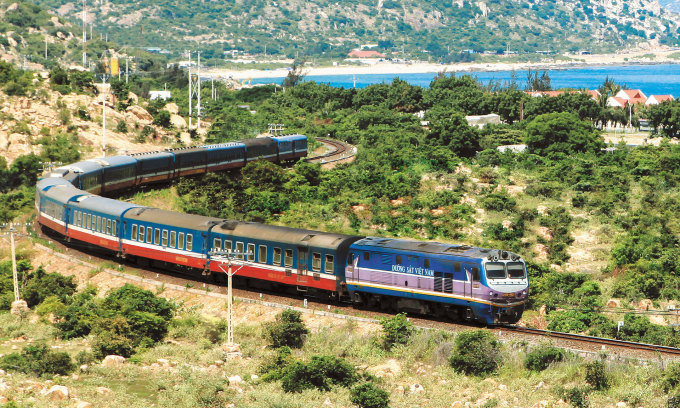
Photo: VnExpress
It is essential to get your passport ready when purchasing train or bus tickets, and you should definitely check out the facilities and prices on their websites in advance. Besides, there are some routes that local and international buses can carry out their services, thus you may need to prepare a visa or meet certain entry/exit requirements.
By Boat
Opting for boat travel is an excellent choice for those seeking a unique experience. Vietnam is a coastal country with a 3.260 kilometers shoreline, which allows 13 sea border gates to welcome international visitors with eVisa. From Cambodia, foreigners can use a 4-hour ferry service to Chau Doc in the Mekong Delta, and enter the country via Ho Chi Minh City ports. Besides, boat journeys take you through Vietnam's most picturesque destinations, including Halong Bay, the Mekong Delta, and other beautiful locations.
Where do I stay in Vietnam?
Vietnam offers a variety of accommodation choices from hotels, guesthouses, and resorts to homestays that foreigners can access information easily via the Internet. Nowadays, travelers use international booking services a lot such as Airbnb, Booking.com and Traveloka as well.
If you go on tour with Vietnamese locals, it is a relief that they have already settled everything for you.
On the other hand, if you travel to Vietnam by yourself, we highly recommend booking accommodation before arriving.
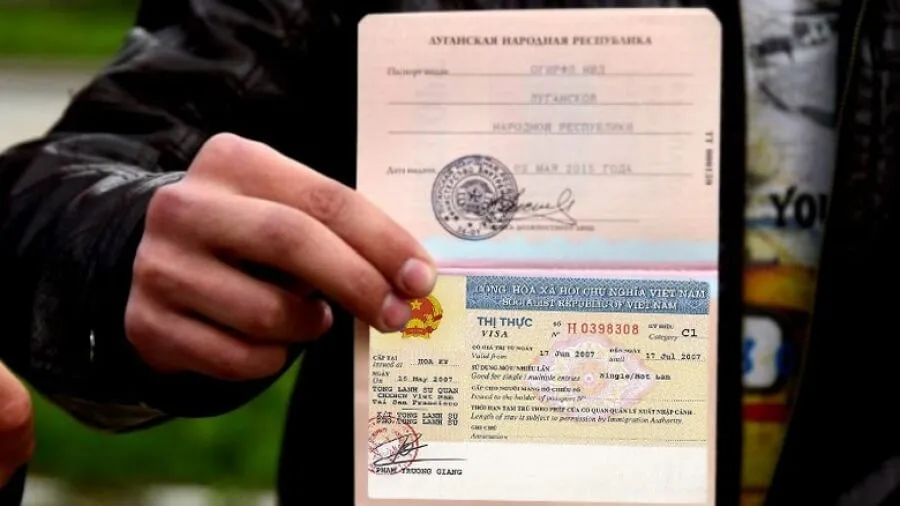
Photo: Collected
Vietnam visa is a kind of travel document granted by Vietnamese competent authorities, providing permission to travel to and enter Vietnam. Before traveling to Vietnam, visitors need to obtain a visa in case they are from visa-required countries. If you still have no idea whether or not you are required to get a visa to enter Vietnam, please check here.
Types of Vietnam visa
Categorized on where the visa is received by applicants, Vietnam visa can be divided into 3 types:
Vietnam E-visa
An electronic visa (E-visa) is one of visa types issued to foreigners by the Vietnamese Immigration Department via electronic system. Vietnam E-visa is valid for a maximum of 90 days, single or multiple entry.
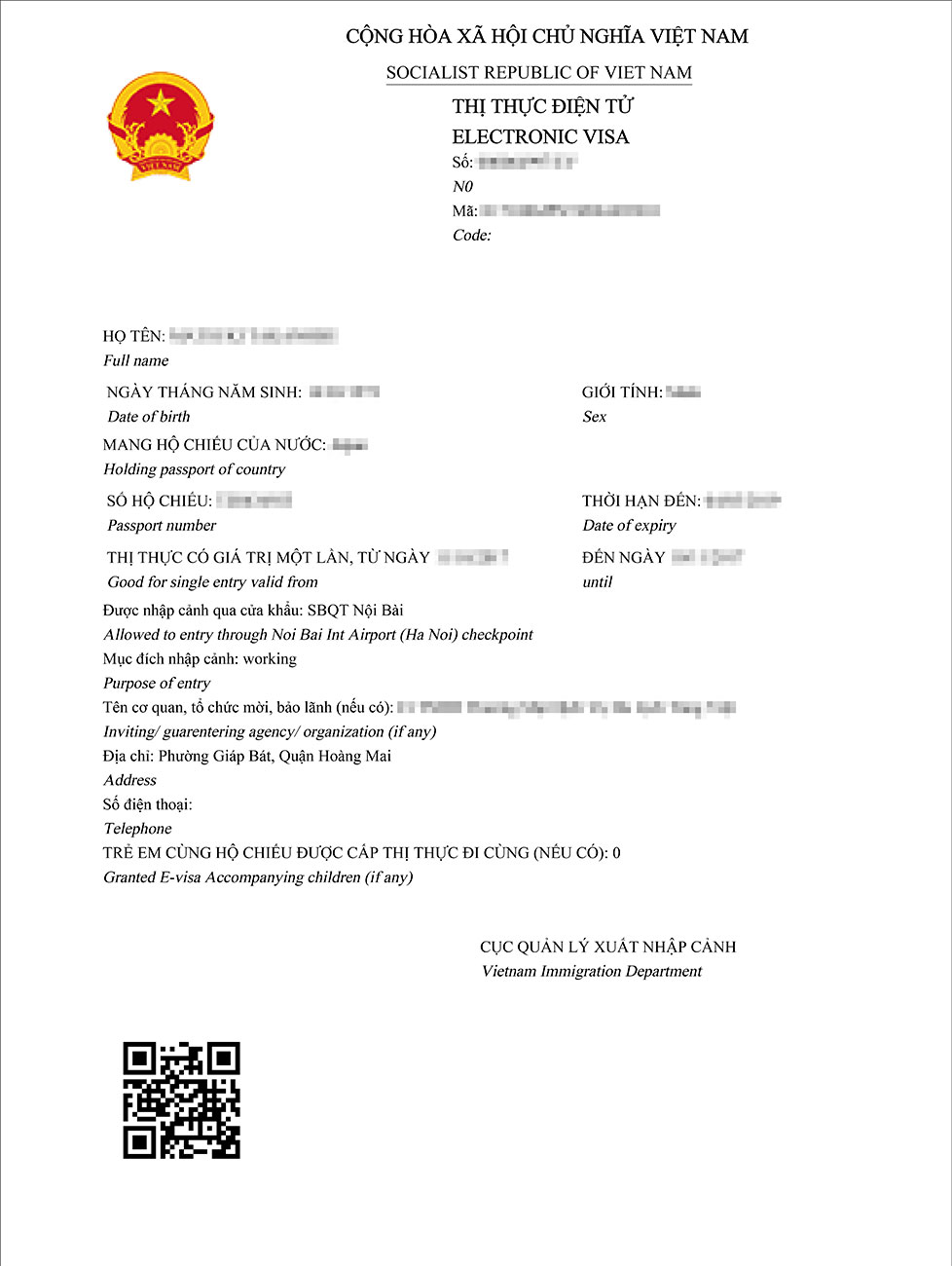
Sample of Vietnam eVisa issued by the Vietnam Immigration Department
Outside Vietnam foreigners who want to enter Vietnam can personally apply for E-visa or through the requesting agencies and organizations. E-visa fee is paid via electronic payment gateway as prescribed by the Immigration Department. The fee will not be refunded if the application is refused.
Conditions for being granted e-visa:
List of Ports that allow foreigners to enter and exit Vietnam by E-visa.
Below are the ports of entry that allow foreigners to enter and exit Viet Nam with e-visas:
Airports
1- Noi Bai Airport (Ha Noi capital);
2- Tan Son Nhat Airport (in Ho Chi Minh City);
3- Cam Ranh Airport (in the central province of Khanh Hoa);
4- Da Nang Airport (in the central city of Da Nang);
5- Cat Bi Airport (in the northern port city of Hai Phong);
6- Can Tho Airport (in the Mekong Delta city of Can Tho);
7- Phu Quoc Airport (in the Mekong Delta province of Kien Giang);
8- Phu Bai Airport (in the central province of Thua Thien Hue)
9- Van Don Airport (in the northern province of Quang Ninh);
10- Tho Xuan Airport (in Thanh Hoa province);
11- Dong Hoi Airport (in the central province of Quang Binh).
12 – Phu Cat Airport (in the central province of Binh Dinh);
13 – Lien Khuong Airport (in Central Highlands province of Lam Dong).
Landports
1- Tay Trang International Border Gate in Dien Bien province;
2- Mong Cai International Border Gate in Quang Ninh province;
3- Huu Nghi International Border Gate in Lang Son province;
4- Lao Cai International Border Gate in Lao Cai province;
5- Na Meo International Border Gate in Thanh Hoa province;
6- Nam Can International Border Gate in Nghe An province;
7- Cau Treo International Border Gate in Ha Tinh province;
8- Cha Lo International Border Gate in Quang Binh province;
9- La Lay International Border Gate in Quang Tri province;
10- Lao Bao International Border Gate in Quang Tri province;
11- Bo Y International Border Gate in Kon Tum province;
12- Moc Bai International Border Gate in Tay Ninh province;
13- Xa Mat International Border Gate in Tay Ninh province;
14- Tinh Bien International Border Gate in An Giang province;
15- Vinh Xuong International Land and Waterway Border Gate in An Giang province;
16- Ha Tien International Border Gate in Kien Giang province.
Seaports
1- Hon Gai Seaport in Quang Ninh province;
2- Cam Pha Seaport in Quang Ninh province;
3- Hai Phong Seaport in Hai Phong City;
4- Nghi Son Seaport in Thanh Hoa province;
5- Vung Ang Seaport in Ha Tinh province;
6- Chan May Seaport in Thua Thien Hue province;
7- Da Nang Seaport in Da Nang City;
8- Nha Trang Seaport in Khanh Hoa province;
9- Quy Nhon Seaport in Binh Dinh province;
10- Dung Quat Seaport in Quang Ngai province;
11- Vung Tau Seaport in Ba Ria-Vung Tau province;
12- Ho Chi Minh City Seaport in Ho Chi Minh City;
13- Duong Dong Seaport in Kien Giang province.